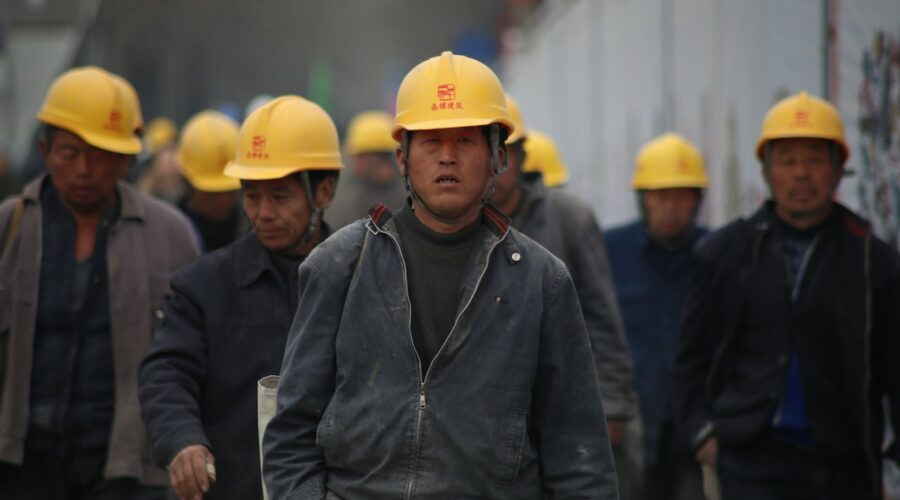The past is a powerful weapon, one that in the wrong hands has the potential to tear asunder the present. Its utility is one that spans the political spectrum, and propagandists have long recognised its appeal. The most effective appropriation of the past as a tool of persuasion has undoubtedly been central to the exclusionary policies of fascist regimes; most apparent in Mussolini’s Italy and, perhaps lesser known, in China under the leadership of Chiang Kai-Shek’s Guomindang. Whilst communists sought to destroy the past, fascists chose to worship their own national version of it.
Looking first to the use of history as the binding glue of the revolutionary Chinese republic, a peculiar relationship with the past that emphasises both rupture and continuity becomes apparent. The May 4th Movement, which reached its climax in 1919, had stressed the importance of a break with the Confucian past, embodied by the ‘backwards’ Qing Dynasty, as the only means of competing with the ‘modern’ West.
As the movement split into communist and nationalist camps throughout the 1920s, the Guomindang (a nationalist party) increasingly came to cast themselves as the defenders of a Chinese, Confucian culture against the ravages of the Red Menace encroaching from the USSR by means of Mao Zedong’s CCP, who were at this time seen as a periphery, almost foreign force. The Guomindang thus found themselves promulgating a policy of revolutionary conservatism, what would come to be known as ‘Confucian fascism’. They took the legacy of the Confucian social order and bound it to a fascist future; as Chiang himself put it in 1933, ‘as members of the revolutionary party we must dedicate ourselves sincerely to the preservation of the traditional virtues and the traditional spirits.’ The restoration of the ancient past was the goal of the revolutionary present, a means by which the new Chinese ‘nation’ might define itself against the world. History was front and centre of the nationalist ideology. Out with the old and in with the older.
Indeed, the invocation of antiquity was not unique to Confucian fascism. The blind admiration of days long forgotten is one of the key features that the Chinese regime shared with the better-known fascist movements sweeping through Europe during the 1920s and 30s. The Nazis claimed descendance from the Holy Roman Empire or the ‘First Reich’, dissolved in 1806, and even constructed a somewhat less palpable link to the Vikings (see the SS Viking Division). Neither the Chinese nor Germans, however, could compare in their reverence of the past with the imperial illusion incubated by Benito Mussolini throughout his reign.
Il Duce sought to construct a ‘vast, orderly, powerful’ Rome, as it had been under the Emperor Augustus. He built the Via dei Fori Imperiale, which led through the ancient monuments of Roman power and civilization, and along which his 1938 parade welcoming Hitler was to proceed. Furthermore, he reintroduced the Roman salute that we now recognise as the quintessential declaration of fascist loyalties and explicitly pursued a restoration of the Roman empire in his failed invasions of North Africa. Drawing on more recent history, his Blackshirts were modelled on the Redshirts of the father of Italian unification, Giuseppe Garibaldi. Like Chiang, he sought an exclusively Italian culture. His promise was a return to the splendour and majesty of Rome’s glory days – an end to the division that had plagued the peninsula for centuries, and a remedy to the humiliations of the Great War.
These appeals to the past, like those of Adolf Hitler and the Chinese nationalists, exploited a population facing crisis: in Germany, the 1929 financial crash obliterated the economy; China had fallen into fracture following the 1911 fall of the Qing dynasty and the subsequent ‘warlord’ years. In Italy, it was the end of the First World War and the ‘Red Years’ of leftist agitation that granted Mussolini his opportunity.
In times of turmoil, when the present seems under threat, people often look to the idealized past. This tendency leaves them vulnerable to the forces willing to seize upon it. Amidst the crises of our time, we would do well to bear that in mind.
